Believe it or not, Creatures Blood comes in a Rainbow of Colors. Animals, though, do have red blood like humans, but not all of them. Due to different proteins and pigments, several animals may have blue, green, yellow, purple, and even white blood running in their veins. Every blood color serves a different purpose, for instance, allowing the animal to survive in a range of geographical, ecological, and climatic conditions.
Every living organism relies on blood flow for life and supplies nutrients and oxygen throughout the body. Organisms have evolved in different types and colors of blood through time. For example, some reptiles may have green blood, some fishes may have white or transparent blood, and some invertebrates may have blue blood. Fascinating and Surprising, right? Well, then check out this infographic and learn about more exciting Animal Colored Blood Facts.
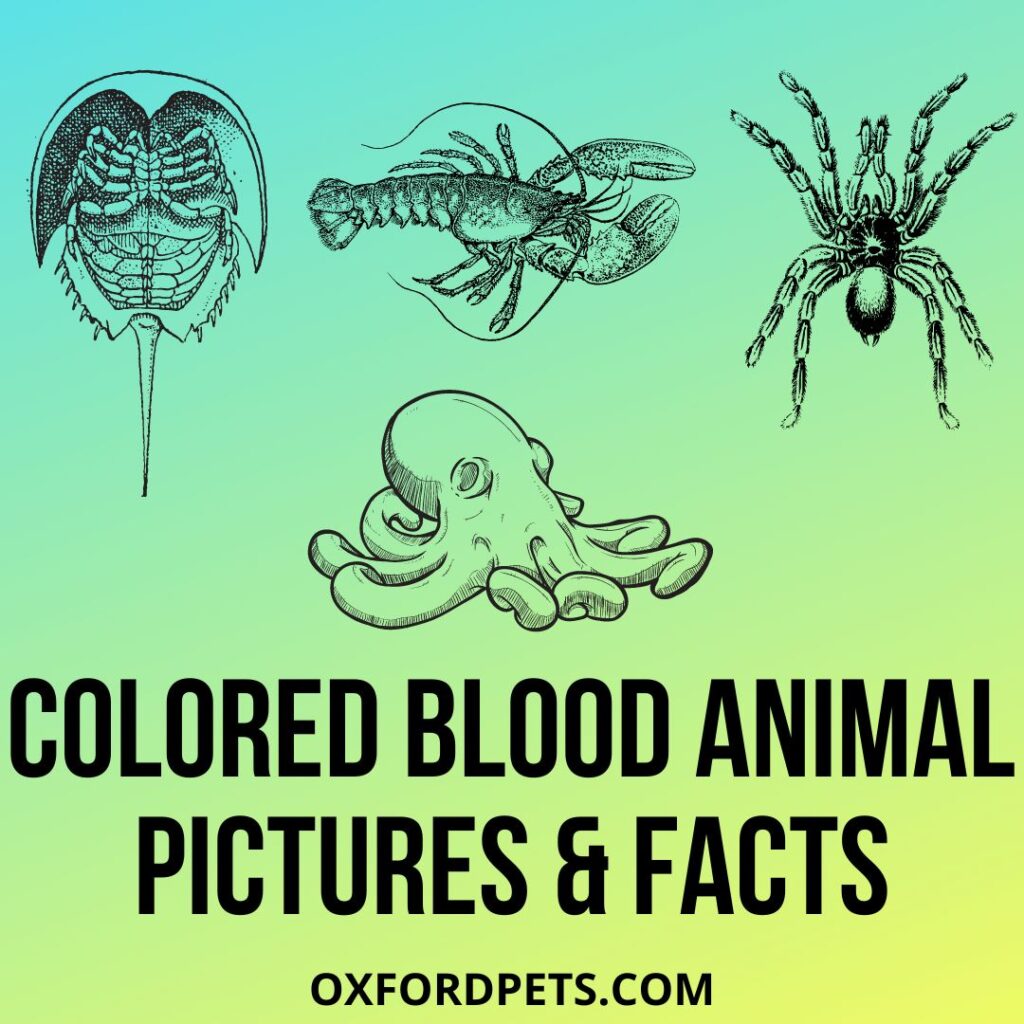
Why Do Animals Blood Have Different Colors?
The Animal bloodstream has a special mix of plasma proteins which aids in different colors of blood. While humans use Hemoglobin, animals use varying chemistry of the molecules for carrying oxygen throughout the body.
It, as a result, can give their blood blue, white, purple, or even transparent color altogether. The presence of Blue Blood is due to copper proteins called Hemocyanin. At the same time, Yellow Blood is a result of Vanabin, a high concentration of the yellow vanadium-based pigment.
blood Colors Chemistry (Infographic)
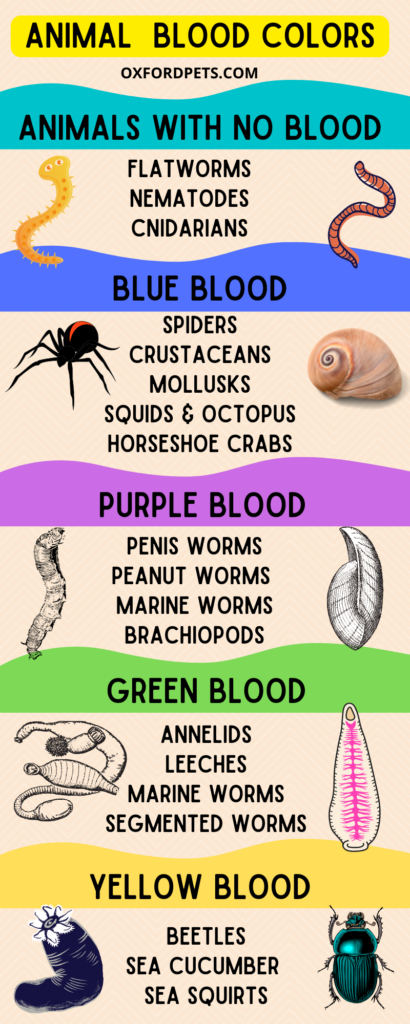
3 Animals With Yellow Blood
There are actually many Animal creatures in the world that have Yellow Blood. Though this bright and foreign color is less likely to be seen, one cannot deny its existence.
Several animals possess yellow blood in the streams due to a vanadium-based pigment, Vanabin. Its high concentration gives the blood a light yellow color that stays the same inside and outside the body.
DO YOU KNOW? Scientists are still trying to know how some animals can have such high concentrations of Vanabin in their bodies that it regulates them with Yellow colored blood. Especially when the fact that Vanabin can’t help in circulating oxygen.
Here are three fascinating creatures from the animal kingdom with Yellow Blood:
- Sea Cucumbers (Yellow Blood)
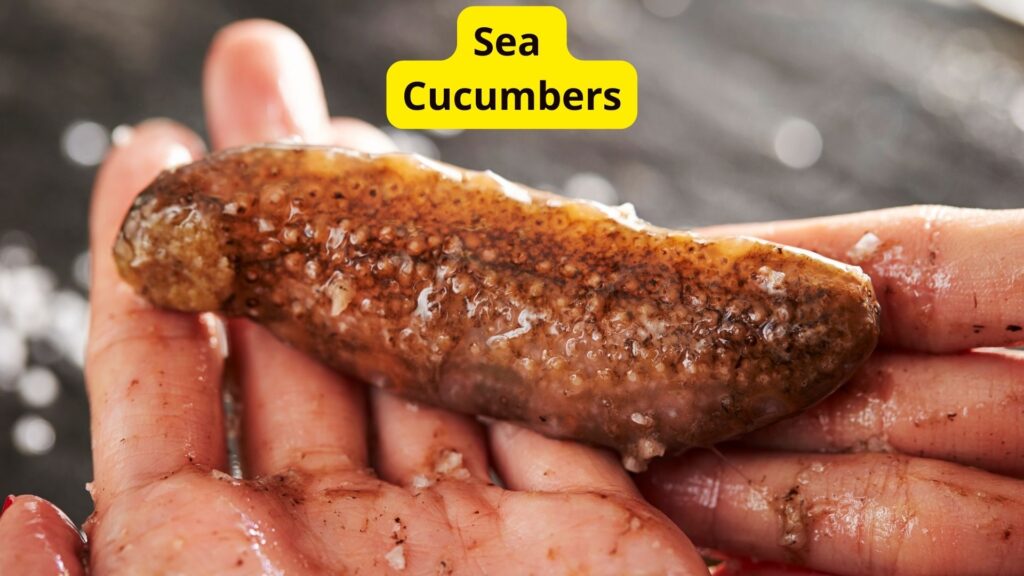
Sea Cucumbers are very simple but weird underwater creatures. They live at the bottom of the ocean and resemble something like a cucumber or a fruit. Sea Cucumbers move slowly at the bottom of the ocean using thousands of tiny feet. However, what’s surprising about them is that Sea Cucumbers have Yellow colored blood.
The presence of the same correlates to the fact the Sea Cucumbers have some proteins in the blood that aids in a high concentration of Vanabin, giving their blood a yellow color.
Another surprising fact about Sea Cucumbers is that they do not have brains and can transform from male to female during their lifetime. Another fascinating thing about the sea cucumber is that the animal will eat itself and shrink its size during scarcity of food.
- Sea Squirts (Yellow Blood)
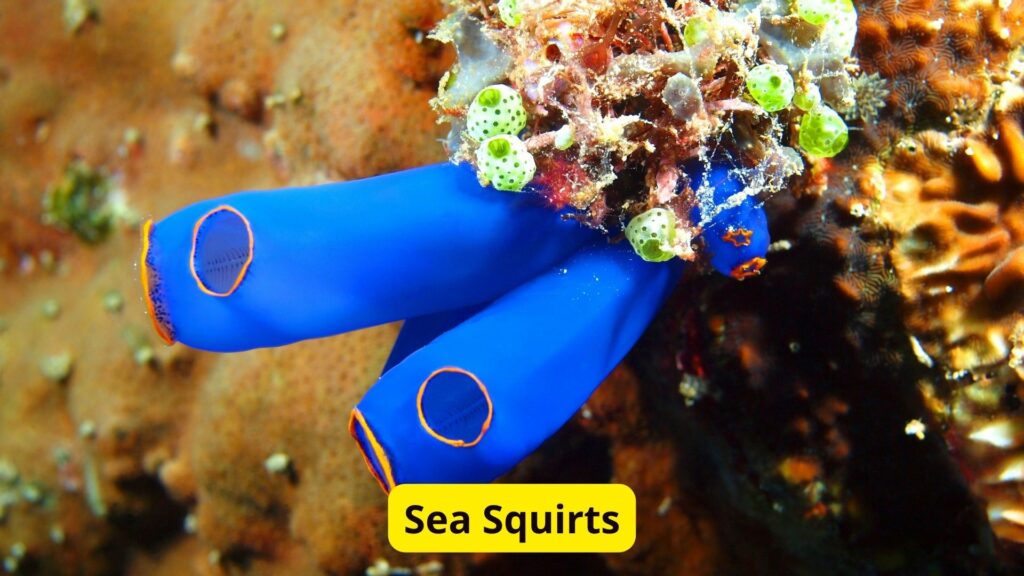
Sea Squirts, though aren’t related to Sea Cucumbers, but both of them have Yellow colored blood. Why? Simply due to the presence of a high concentration of Vanabin that aids in giving a bright yellow color to their blood.
Sea Squirts have a sponge-like appearance, and they possess both male and female reproductive organs. What’s fascinating about Sea Squirts is that one might keep them as aquarium pets (though check about your local pet animal laws before).
- Beetles (Yellow Blood)
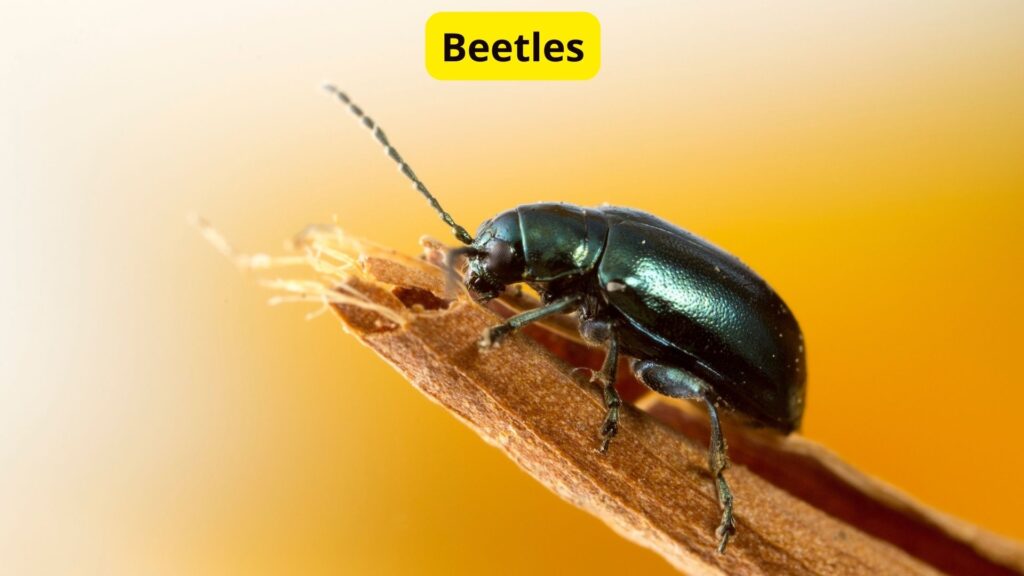
The above two sea creatures, though, might sound alien to you, but Beetles, you must have definitely seen multiple times in your life. Yet, even after noticing them almost daily, a majority of people don’t know that Beetles have Yellow Blood instead of Red.
However, unlike other animals, Beetles (or insects in general) have a large hole inside the skeleton for storing blood instead of the typical blood vessels.
Beetles are found all around the world and can survive in different environments. What makes them a worldwide insect is the fact that Beetles can eat whatever is present, depending on the environment they are in.
3 Animals With Green Blood
Green, though is not a common blood color, but some lizards can typically have it. Greenish blood is one of the most unusual characteristics of Faunas. Green Blood in some animals is a result of a green bile pigment.
This pigment in humans can result in jaundice, malaria, and other toxic illnesses. However, some animals have levels of green bile 40 times higher than the lethal concentration in humans, and they remain healthy (Surprisingly).
Here are the three fascinating creatures from the animal kingdom with Green Blood:
- Skinks (Green Blood)
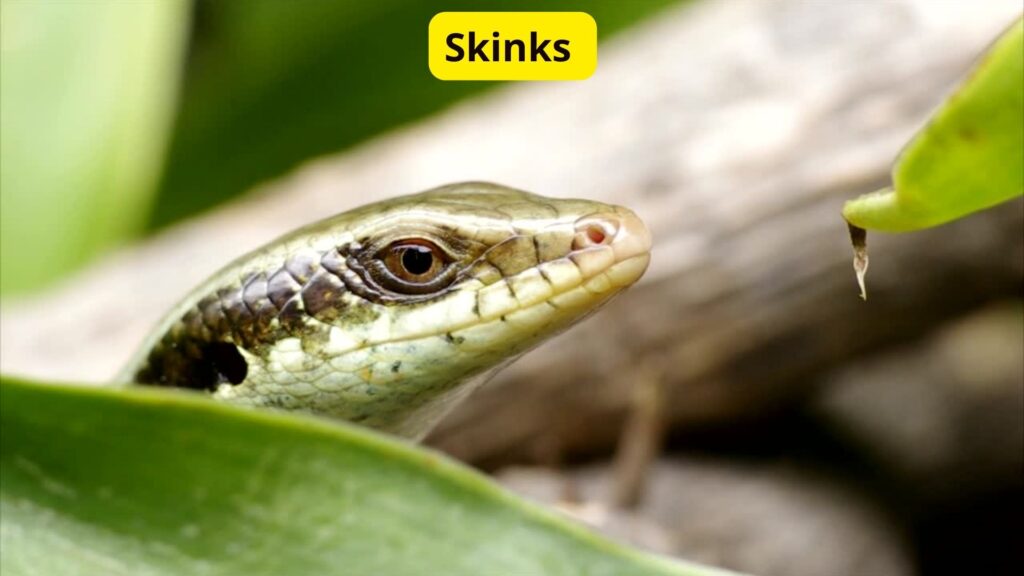
When talking about Green Blood, no other animal can overshadow the mention of Skinks.
Skinks have a pigment called Biliverdin that gives their blood that bright Green Color. However, not just blood but Skinks also have Biliverdin is also present in muscles and bones. Though Skinks also uses Hemoglobin for carrying blood across the body, it may also create some by-products.
- Prasinohaema (The Mysterious Lime-Green Lizard Blood) (Green Blood)
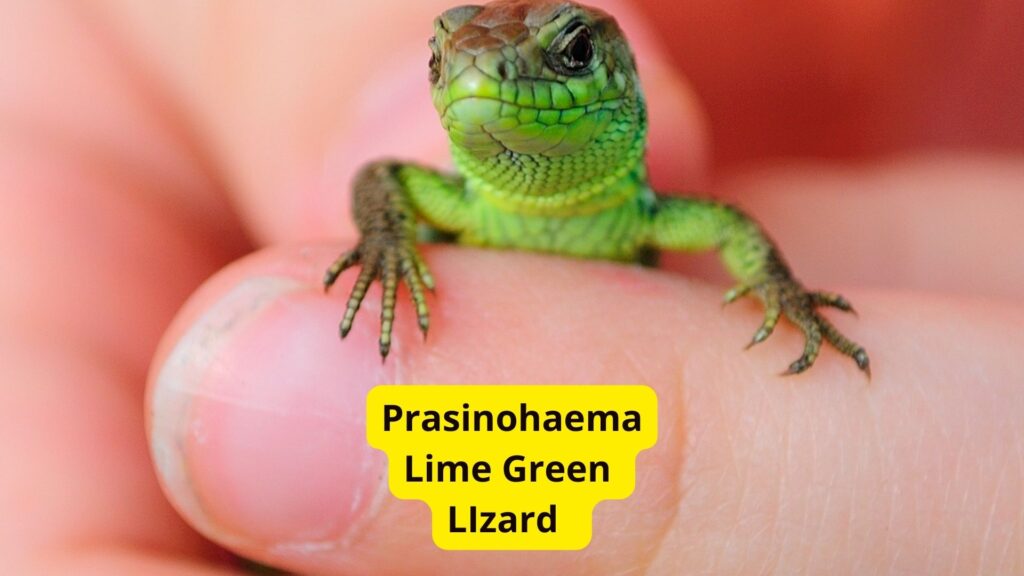
Prasinohaema is a small green salamander and a genus of skinks commonly found in New Guinea. Prasinohaema is a Greek word that translates to “green blood” in English, and not to one surprise; these lizards have Green Colored blood.
It is because Prasinohaema is stewed in a green pigment called Biliverdin which overshadows the brilliant crimson coloration of red blood cells. Christopher Austin of Louisiana State University researched during the late 1970s and found out about the same.
And not just the blood, but these lizards even have tissues, muscles, tongue and mucosal lining, and bones of the same green color.
PLEASE NOTE: There are six Skink species with green-colored blood. Out of these six, two species are relatively new to Science, and there’s much more still to be studied and known. The complex history of these animals is a mystery though it will more likely become a known fact shortly.
- Leeches (Green Blood)
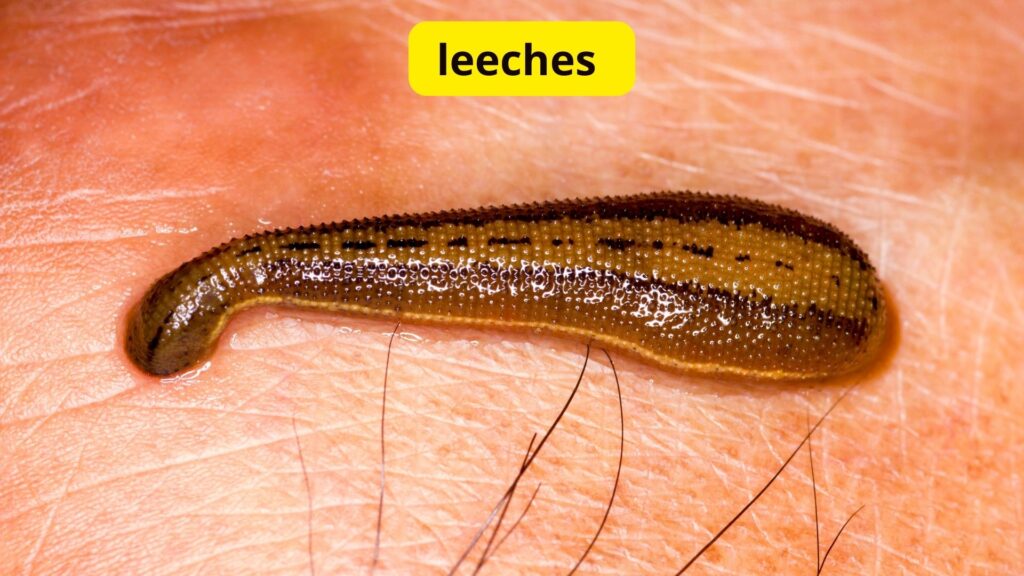
Leeches are other creatures from the animal kingdom with green color blood. But do you know their green blood isn’t due to the presence of Biliverdin? Instead, Leeches have an oxygen-binding protein known as Chlorocruorin present in the plasma of their blood.
However, even after knowing the Leeches have Green Blood, the fact that they suck human blood (which is Red) surprises experts a lot. Or maybe they just take it as their energy drink.
Do you know? Biliverdin is a similar pigment that makes Tobacco Hornworm uniquely beautiful.
7 Animals With Blue Blood
Your blood is Red, but many creatures in the Animal Kingdom have Blue Blood. Of course, they are exceptions, but one cannot deny the fact of their presence.
Some animals do not use Hemoglobin to carry oxygen throughout their body. But instead of that, they use Hemocyanin, a very closely related compound, for a similar job. Hemocyanin rather has a copper atom that binds oxygen instead of an iron atom. Due to the higher level of copper (Hemocyanin), there are animals with Blue Blood.
Here are the six fascinating creatures from the animal kingdom with Blue Blood:
- Octopuses (Blue Blood)
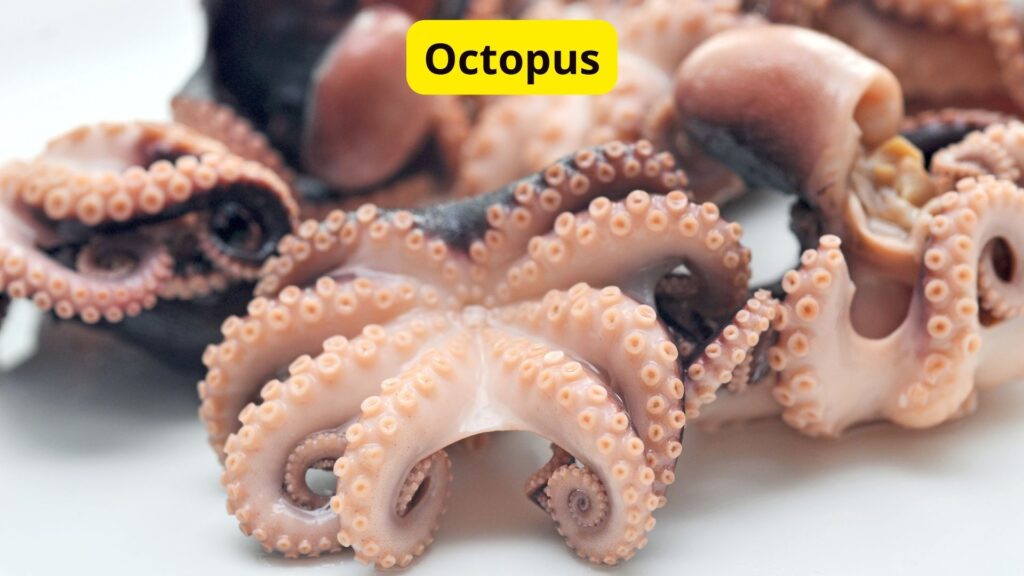
Some special Octopus species which survive around the south pole have blue blood filled with Hemocyanin. So it is basically due to the copper-laden protein that their blood gains Blue color.
Hemocyanin, the copper-laden protein, is the major component that helps Octopuses survive in deep-sea environments in cold, deep, anoxic waters, especially when the oxygen sources here around are poor.
A similar component also helps Octopuses control the salt content of their blood so that it can match its water, especially while they are swimming.
- Scorpions (Blue Blood)
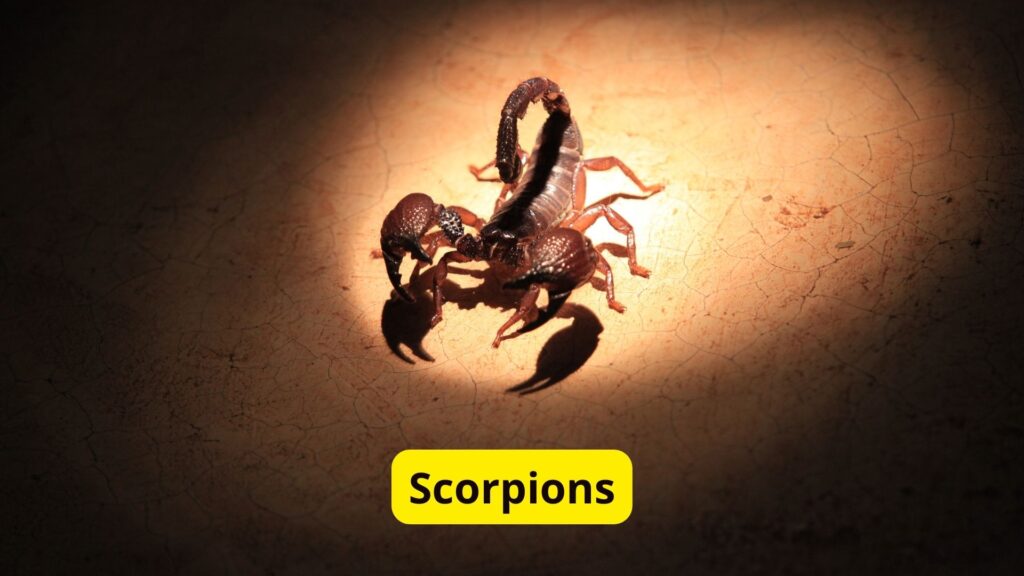
Not all but some Scorpions, especially the Emperor Scorpion, have Blue Blood due to the high levels of Hemocyanin in their blood.
However, this Blood type helps them survive in different environments and on almost every continent except Antarctica.
- Spiders (Blue Blood)
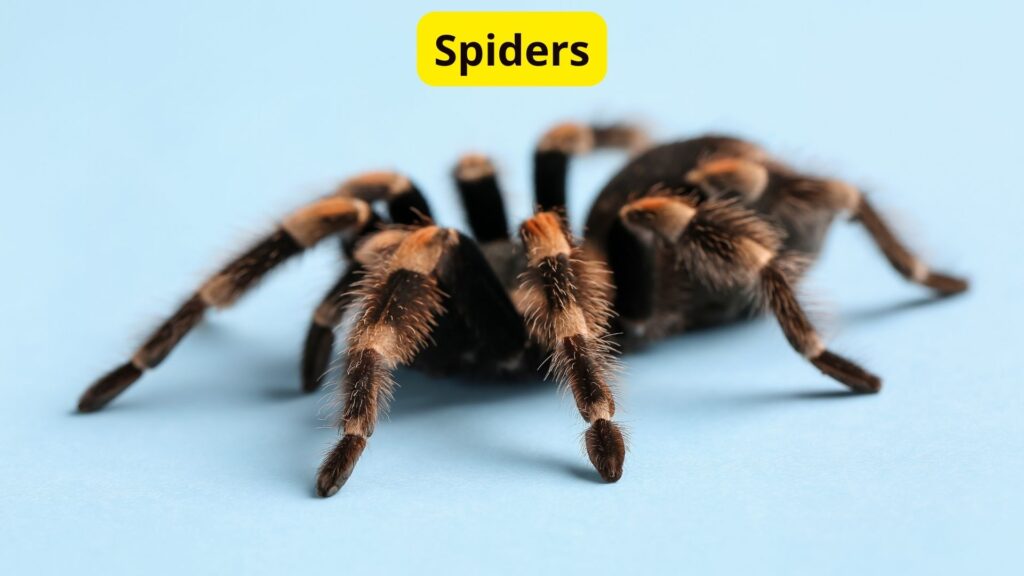
The Hymocyanin protein in spider’s blood contains copper in place of iron. It aids in making the spider’s blood Blue in color instead of that typical Red.
Unlike Hemoglobin, the Hymocyanin protein in spider’s blood has an iota of copper that ties oxygen instead of having a molecule of iron in its center. The similar protein ingests all tones aside from blue, and therefore the blood appears in the said shade.
- Horseshoe Crabs (Blue Blood)
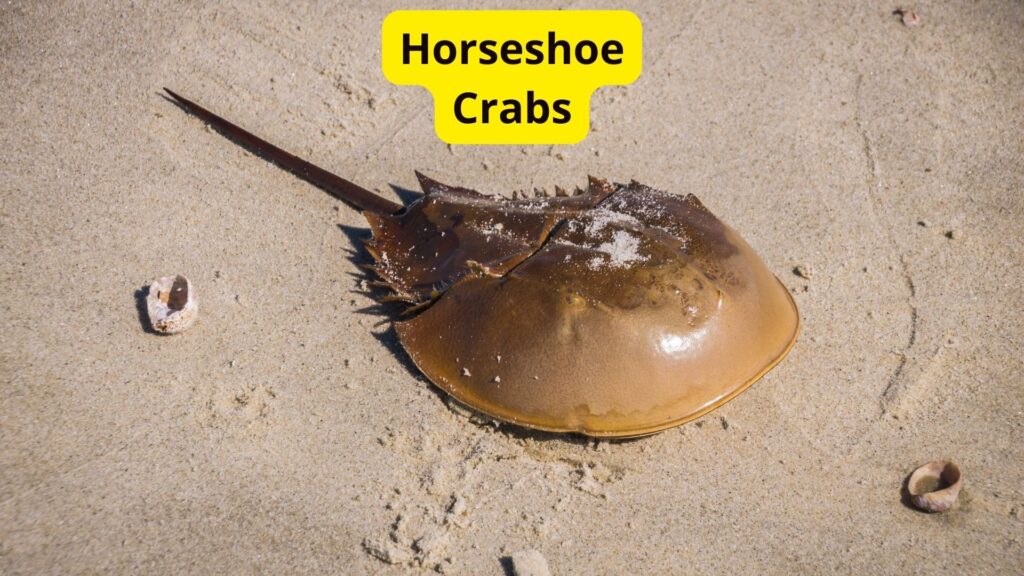
Due to the presence of cobber-based Hemocyanin in their blood, Horseshoe Crabs have Light Blue Blood. However, they do not have veins; therefore, blood runs through an open circulatory system and directs toward the internal organs amongst Horseshoe crabs. Due to the absence of veins, blood in these organisms has faster and easier access to the organs.
- Snails (Blue Blood)
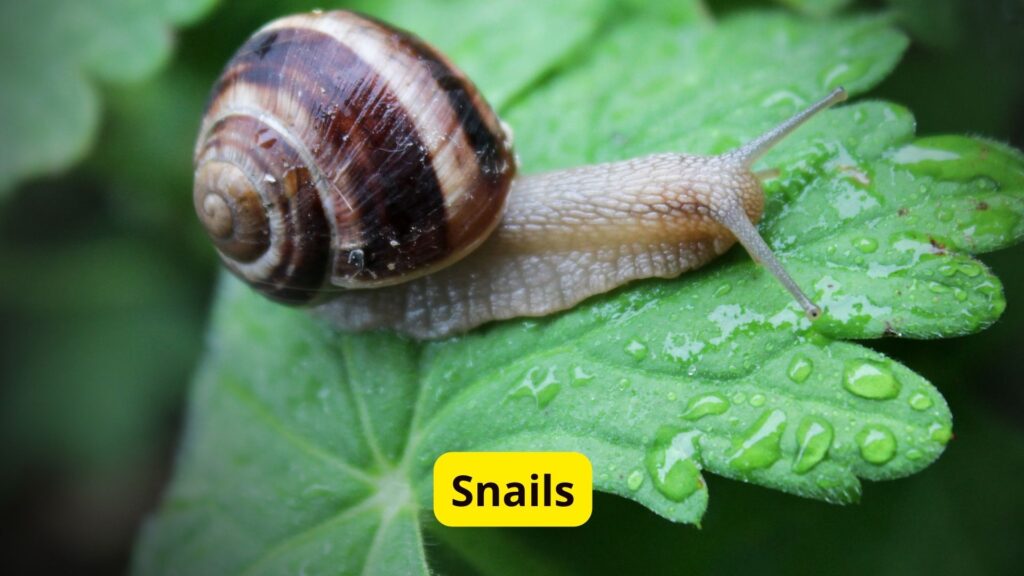
Snails are everywhere, all over the world but do you know they too have Blue Blood? Yes, in its oxidized state, the blood of Snails appears Blue in color. The Blue-ish color is a result of the fact that their blood cells use Hemocyanin. However, one of their species, the Common Ramshorn Snail, have red blood due to the presence of Hemoglobin in their blood cells.
- Squid (Blue Blood)
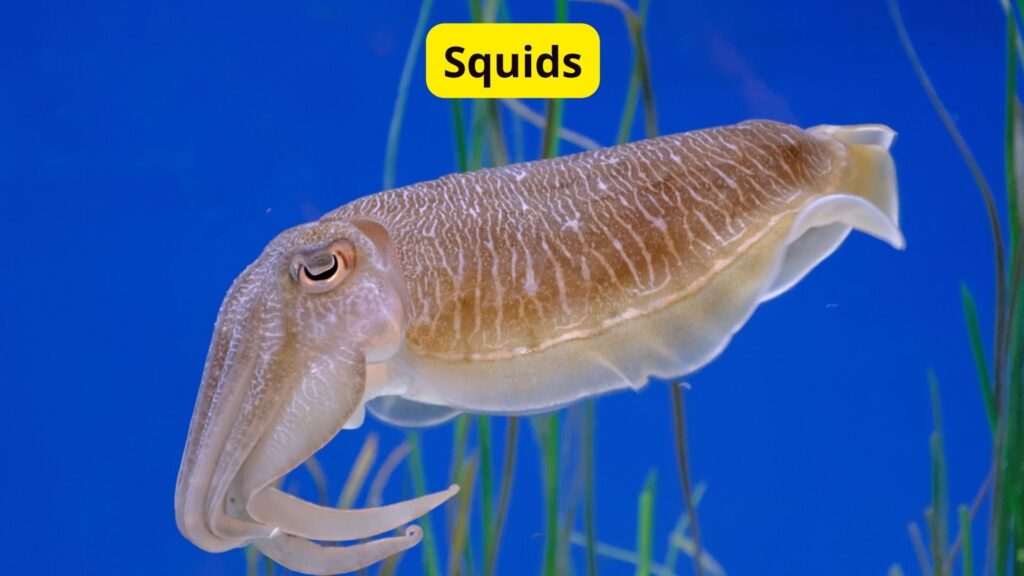
Squid’s blood is deep Blue in color and not Red. It is because Squid’s blood contains a copper-rich protein known as Hemocyanin. The presence of Hemocyanin also helps Squids survive in cold and dark deep-sea environments.
However, since humans (except some scientists) get the least opportunities to interact with Squids, it is less likely for us to know their blood color and assume it as Red.
- Lobsters (Blue Blood) – A Special Mention
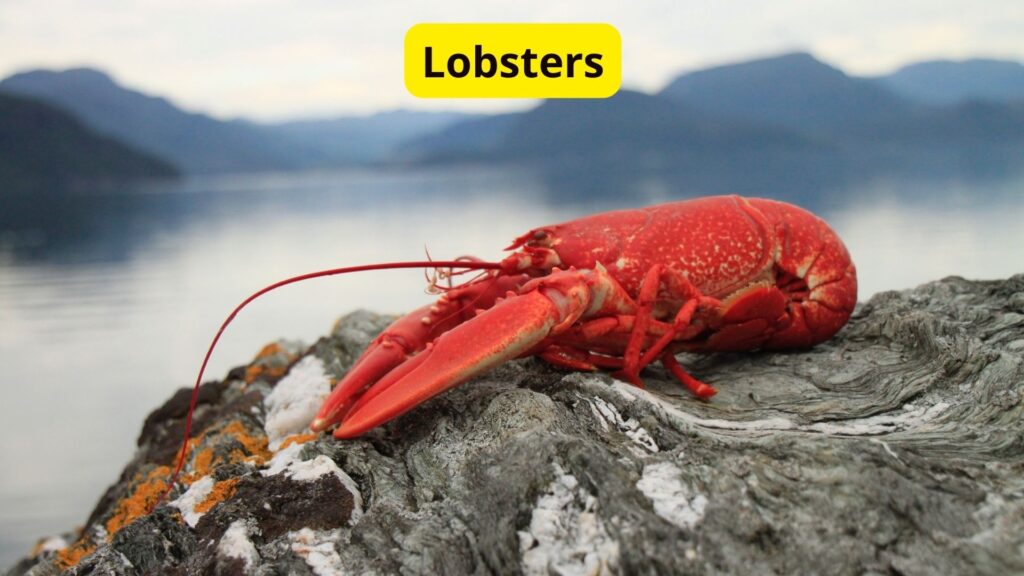
Lobster’s blood is colorless, just like water. However, upon exposure to oxygen, it appears Blue in color, and that is why we have kept Lobsters in this category. Its blood is obviously transparent when a lobster is brought up from reasonable depth and bled.
It is since the presence of oxygen in the deep sea is relatively very low. And since Hemocyanin without the presence of oxygen is colorless, Lobster’s blood will appear transparent/ colorless.
However, when you keep Lobsters in a floating crate of stored ones or a live tank, their blood will appear blue due to the presence of high oxygen levels. Here the Oxygen molecules in association with a copper ion make the oxidized form appear Blue.
3 Animals With Purple Blood
Another surprising blood color that you can often find in animals is Purple. Marine invertebrates, especially deep sea worms, have Purple Blood that helps them fight infections. You might have observed worms regenerate their body after cuts.
It is Hemerythrin, a protein that helps both in organ regeneration and turning blood into Purple color. Unlike creatures with Red Blood, the one with Purple Blood does not have iron content.
Here are the three fascinating creatures from the animal kingdom with Purple Blood:
- Brachiopods (Purple Blood)
Brachiopods which are also known as lampshades, have Dark Purple Blood. Their tiny heart circulates blood all across the body and helps in delivering nutrients to the animal. Brachiopods’ blood otherwise is transparent, but upon coming in contact with oxygen, it turns into a dark shade of Purple.
- Peanut Worm (Purple Blood)
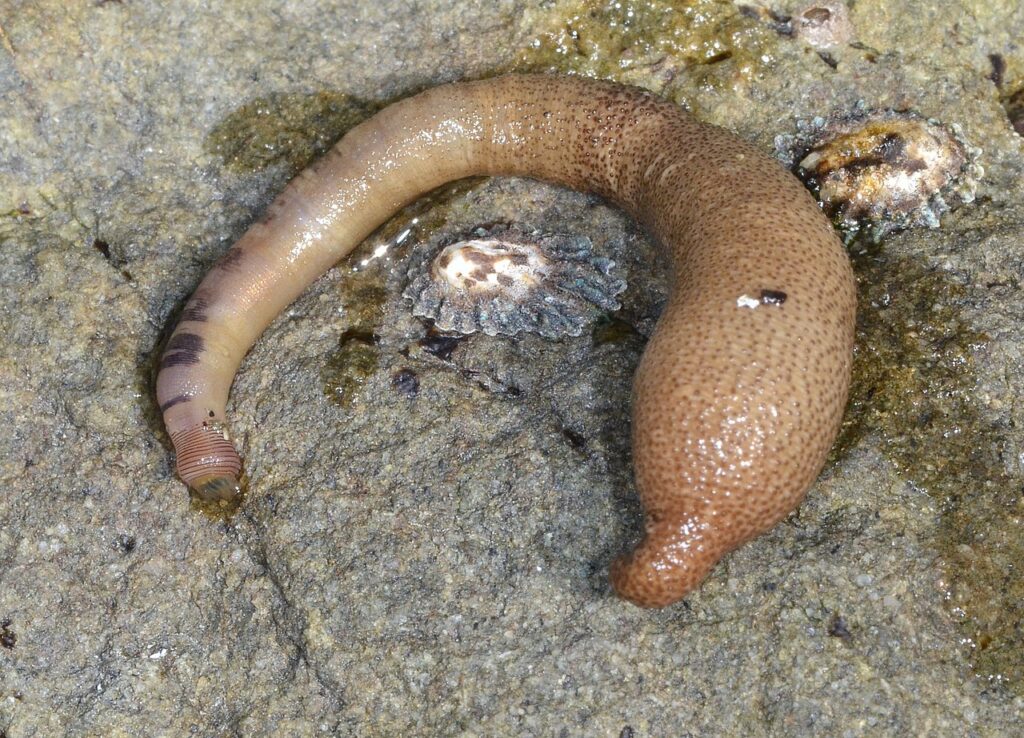
Peanut Worms are another marine creatures that dwell at the bottom of many seas. This odd-looking worm is often found in the area of Hawaii, though have nothing associated with the eatable peanut.
Peanut Worms have Dark Purple Blood which appears nearly Black in color due to its intensity.
Peanut Worms also have almost translucent skin, which sometimes appears purple simply due to the blood flowing inside.
- SPECIAL MENTION: Bristle Worms (Purple Blood)
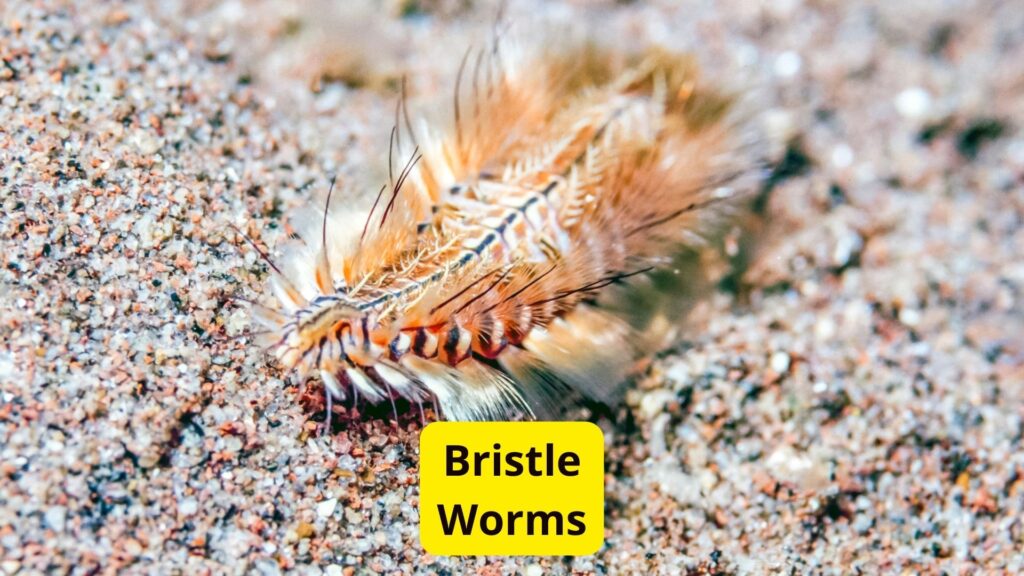
Bristle Worms or Polychaeta are marine annelid worms that have over 10,000 species described in their class. These freshwater animals might have colorless blood or any of three different respiratory pigments.
Some might have Haemoglobin, whereas others from the same species may carry Chlorocruorin or Haemerythrin. This is why some Bristle Worms may carry Purple color blood, while others may have green or transparent/ colorless ones as well.
1 Animal With Black Blood
Unlike other hues of Blood, Black is something found (or researched) very rarely about. Scientists till now have not found many animals with exactly Black Blood (but not the darker shade of Blue or Purple). However, there’s one creature in the animal kingdom that many experts know about.
Brachiopods (Purple/Black Blood)
Brachiopods are sea-dwelling creatures that every Fossil enthusiast knows about. This animal superficially resembles Clams and has two articulated shells, of which one rests underneath the animal, and another covers it from above.
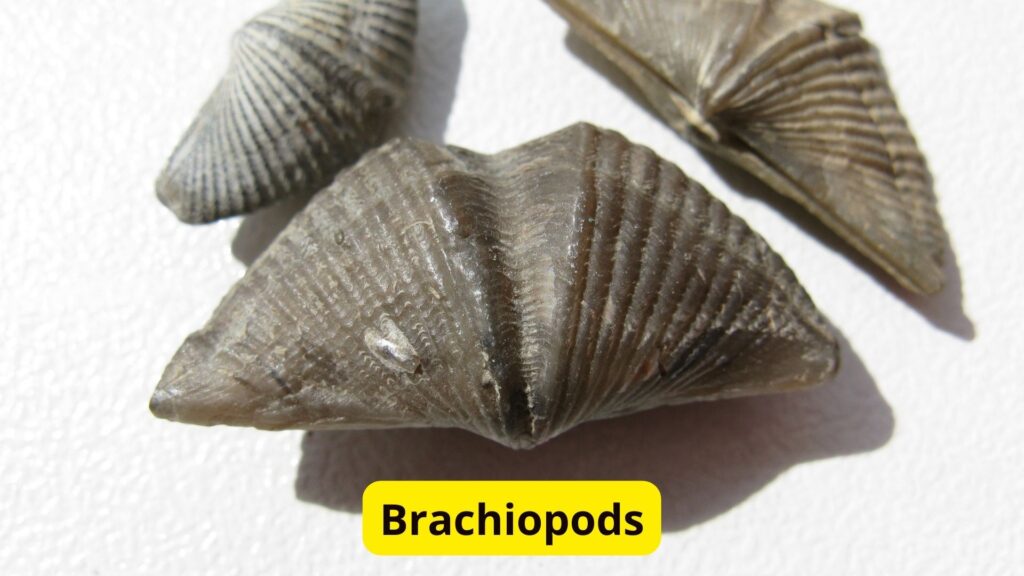
Some Brachiopods species do not depend on Hemoglobin or Hemocyanin but on Hemerythrin for blood circulation throughout their body. Hemerythrin is a pigmented protein that contains iron, albeit in a different arrangement, making blood appear colorless or yellow. However, the same blood, when coming in contact with oxygen, adapts a violet-to-pinkish hue or sometimes even black.
Animals With White/ Clear Blood
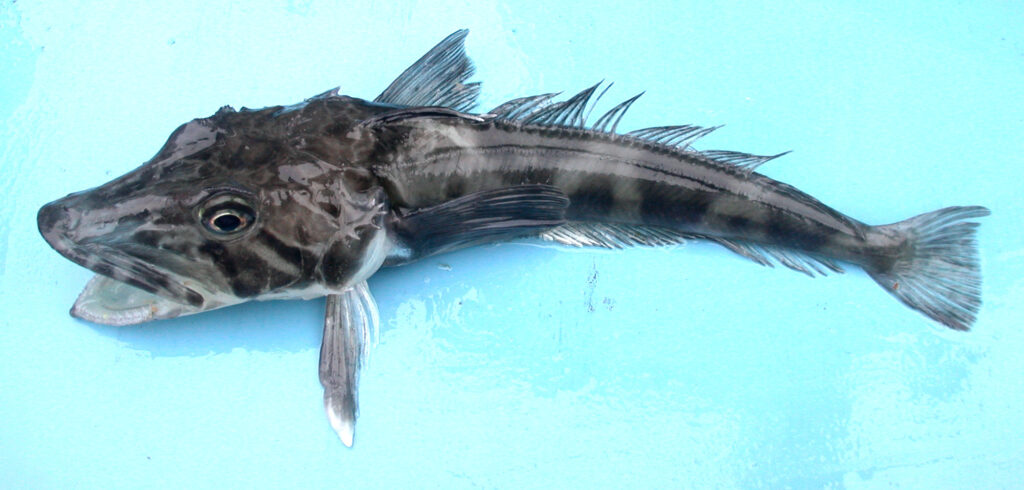
Ocellated Icefish white and clear blood
Animal Kingdom is full of surprises and here come creatures with white and clear blood.
The possess completely white (translucent) blood, which makes them a see-through animal.
Ocellated Icefish lack proteins like Hemoglobin and Hemocyanin. Unlike other fishes, Icefish do not have scales very commonly.
Animals With Pink Blood
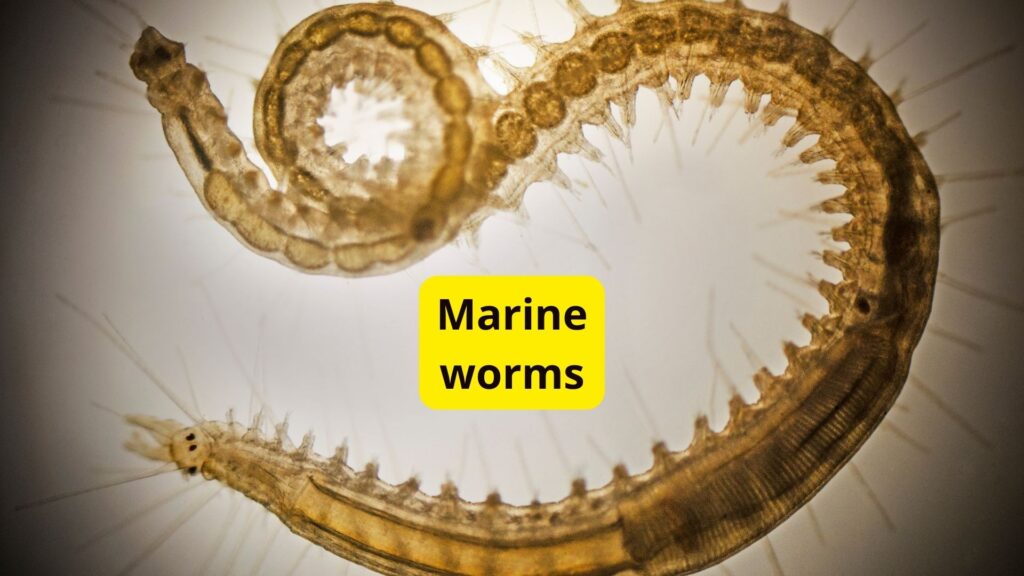
Some Marine worms with Hemerythrin, a type of blood pigment, may have Pink or Purple Colored Blood.
However, there are rarely any creatures in the Animal Kingdom with pure Pink Blood.
7 Animals Without Blood
The phrase ‘Bloodless Animal’ may mean something else to many people, but it has a literal meaning to it. Several creatures in the Animal Kingdom don’t bleed, which means they carry no liquid in their veins or any body part.
Friedrich Miescher, a Swiss physician and biologist, and some other scientists together in 1869 discovered a vertebrate with no blood.
They then named it Haemopis sanguisuga (Horse Leech) considering its long fangs, which could pierce even hard flesh.
Following that, there have been multiple discoveries that brought more such animals without blood into the limelight.
Here are the seven fascinating creatures from the animal kingdom with no Blood at all:
- Flatworms (White Blood)
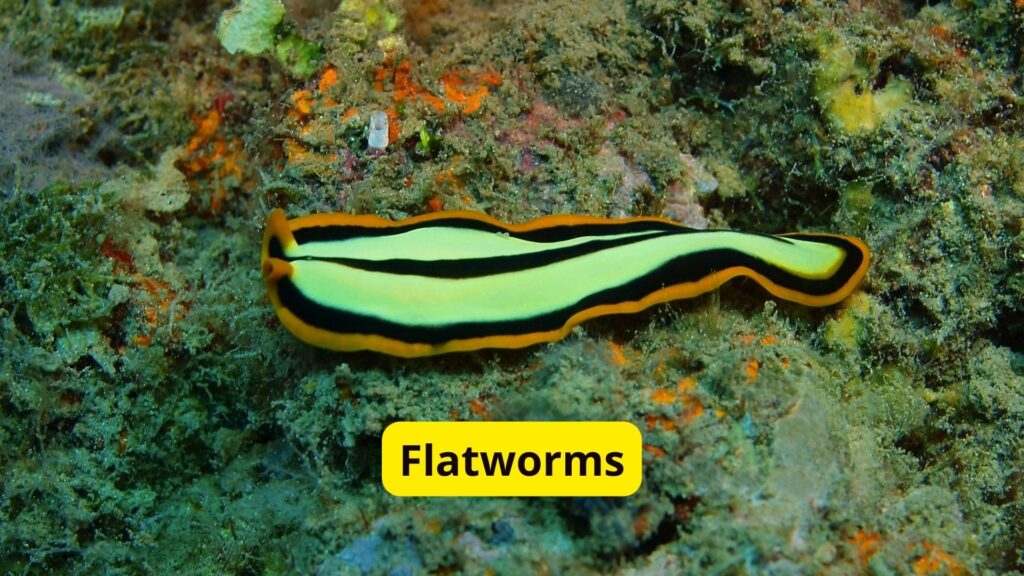
Flatworms do have Hemoglobin, but since they lack red blood cells, they do not have blood. Their flat body not only eliminates the existence of blood but also organs like the circulatory system or respiratory system. Some of their species even do not have an intestine or an anal opening.
Flatworms gather oxygen and nutrients through Diffusion. However, without any pump, the nutrients flow throughout their body.
- Jellyfish (White Blood)
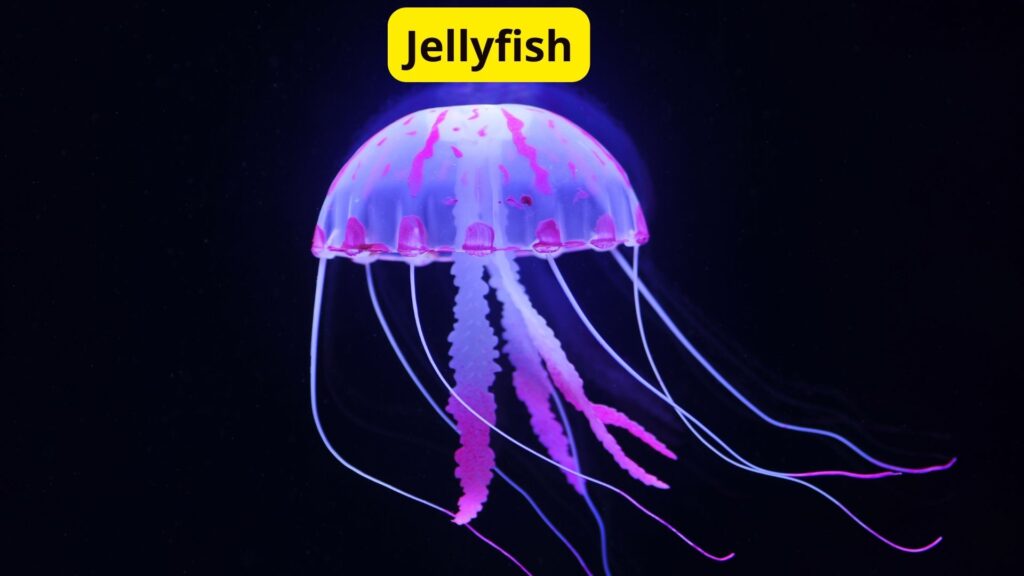
The name Jellyfish might sound familiar to you, but the fact that they do not have blood may surprise you. Jellyfish do not have a circulatory system and no muscles or organs.
They, of course, do not have blood as well, and therefore Jellyfish directly absorb nutrients from water into their cells.
Upon coming in contact with water, oxygen and nutrients can diffuse into their bodies, providing them with everything they need for survival.
- Sea Anemones (White Blood)
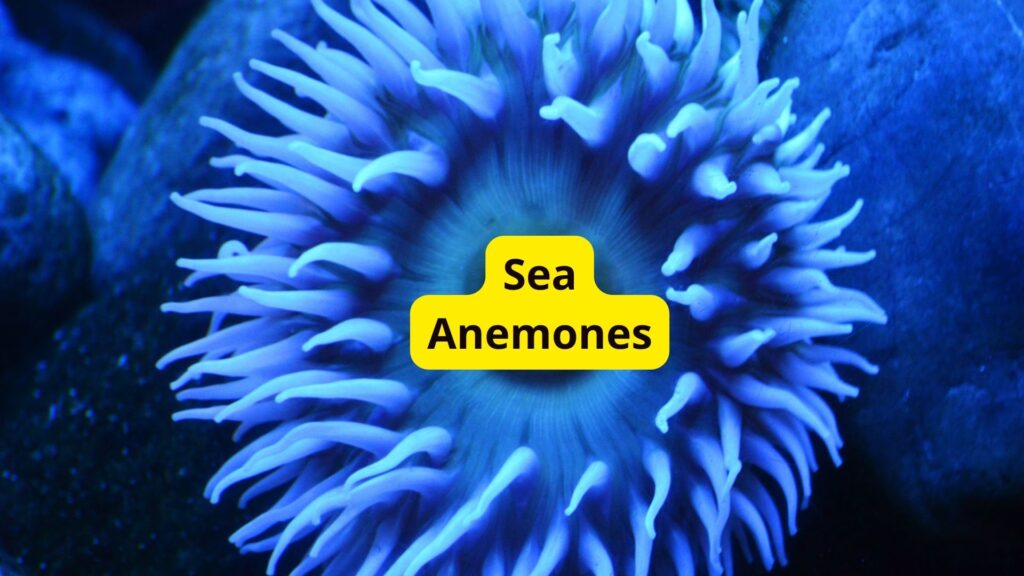
Sea Anemones, or the Flowers of the Sea, are unique creatures with no blood in their body. Instead, they have cells called nematocysts containing stinging cells located at the end of long tentacles.
- Sponges (White Blood)
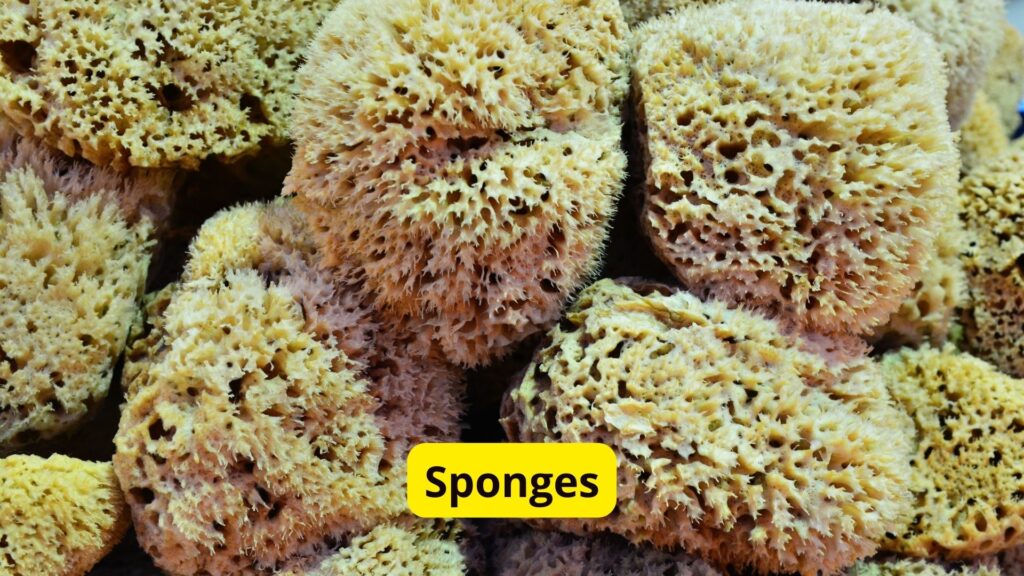
Sponges, or Sea Sponges, are one of the oldest primitive multi-cellular organisms around and bloodless animals.
Besides blood, they do not have muscles, a nervous system, or any internal organ at all.
However, they absorb nutrients from microorganisms in their environment. Sea Sponges can’t feel pain or move independently.
- Nematodes (White Blood)
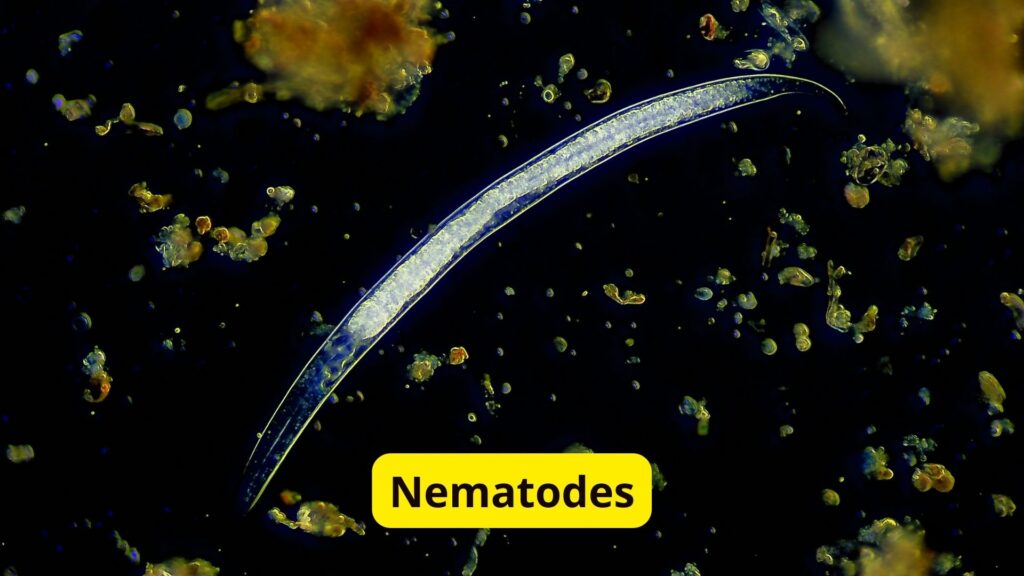
Nematodes are one of the incredibly common parasites with no blood, bones, teeth, hair, skin, or eyes.
However, these microscopic roundworms do have a nervous system, muscles, and digestive tract.
- Coral Polyps (White Blood)
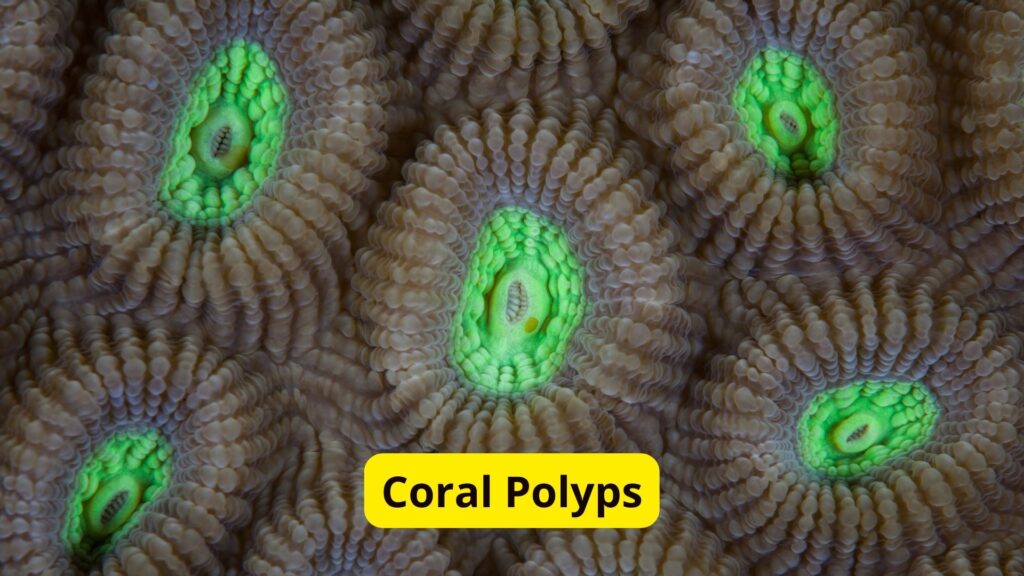
Coral Polyps are unique animals that live at the bottom of the ocean and look like one mesmerizing underwater plant. However, it does not have blood or a circulatory system but possesses a nervous and digestive system.
Coral Polyps absorb nutrients and oxygen through photosynthesis and prey, whereas other crucial substances through water and light.
- Mollusks (White Blood)
Molluscs are other creatures who are completely bloodless. Instead of having blood, these creatures have an open circulatory system that aids in moving hemolymph throughout their body walls. Hemolymph is a fluid that helps transport nutrients and oxygen throughout Mollusks’ bodies.
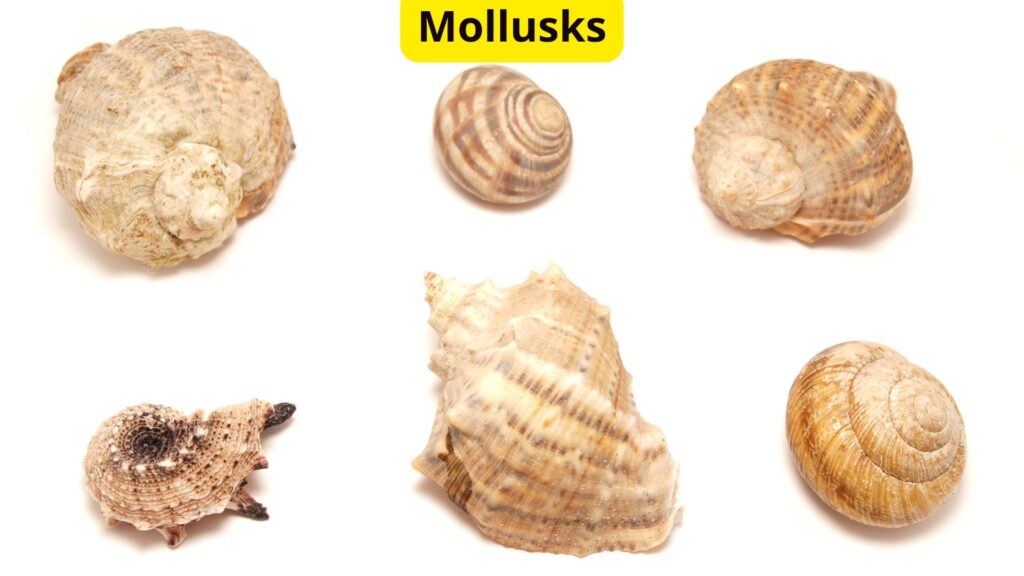
Wrapping up…
Animals may have different blood colors, multiple hearts or no heart at all, several brains, or different physical characteristics, but they still somehow manage to survive in this vividly curated world. Some of the strangest animals with no clear or unique blood colors are often deep sea creatures.
Several times they won’t even be conscious of hunting prey or eating but absorb whatever is available around the sea. However, the ultimate truth is these creatures are here to stay and survive for a long-long time. Scientists are still trying to learn about them and spread the information across the world.
